Filter News
Area of Research
- (-) Clean Energy (53)
- (-) Materials (52)
- Advanced Manufacturing (4)
- Biological Systems (5)
- Building Technologies (2)
- Chemistry and Physics at Interfaces (3)
- Climate and Environmental Systems (1)
- Energy Frontier Research Centers (4)
- Fossil Energy (2)
- Functional Materials for Energy (3)
- Geographic Information Science and Technology (1)
- Isotope Development and Production (1)
- Materials Synthesis from Atoms to Systems (2)
- Materials Under Extremes (3)
- Neutron Science (14)
- Nuclear Science and Technology (8)
- Quantum Condensed Matter (1)
- Reactor Technology (1)
- Supercomputing (14)
- Transportation Systems (3)
News Type
Media Contacts

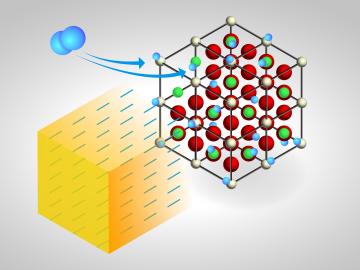
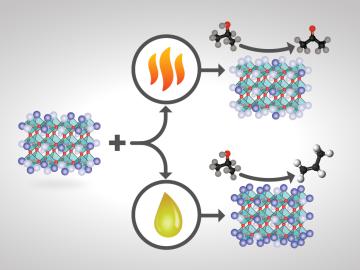
For some crystalline catalysts, what you see on the surface is not always what you get in the bulk, according to two studies led by the Department of Energy’s Oak Ridge National Laboratory. The investigators discovered that treating a complex
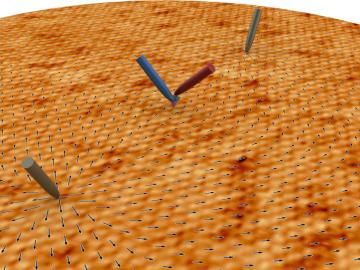
New method to detect spin current in quantum materials unlocks potential for alternative electronics

Researchers used neutrons to probe a running engine at ORNL’s Spallation Neutron Source

A team led by the Department of Energy’s Oak Ridge National Laboratory has identified a novel microbial process that can break down toxic methylmercury in the environment, a fundamental scientific discovery that could potentially reduce mercury toxicity levels and sup...
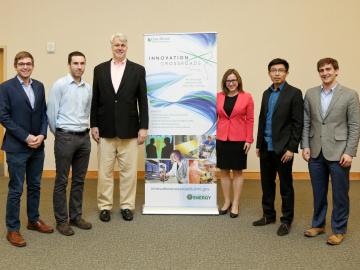
Oak Ridge National Laboratory today welcomed the first cohort of innovators to join Innovation Crossroads, the Southeast region's first entrepreneurial research and development program based at a U.S. Department of Energy national laboratory. Innovation Crossroads, ...

Five small companies have been selected to partner with the Department of Energy’s Oak Ridge National Laboratory to move technologies in commercial refrigeration systems, water power generation, bioenergy and battery manufacturing
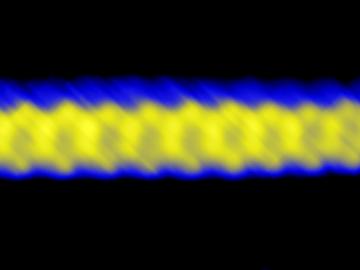
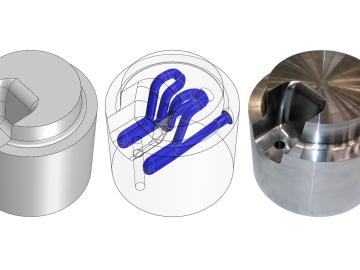
HTS International Corporation and the Department of Energy’s Oak Ridge National Laboratory have signed an agreement to explore potential collaborations in advanced manufacturing research.




